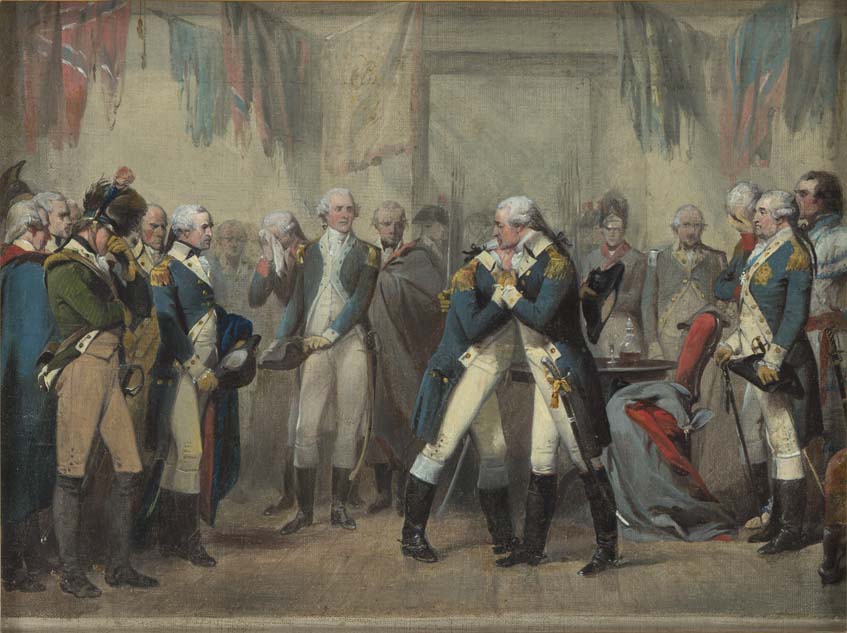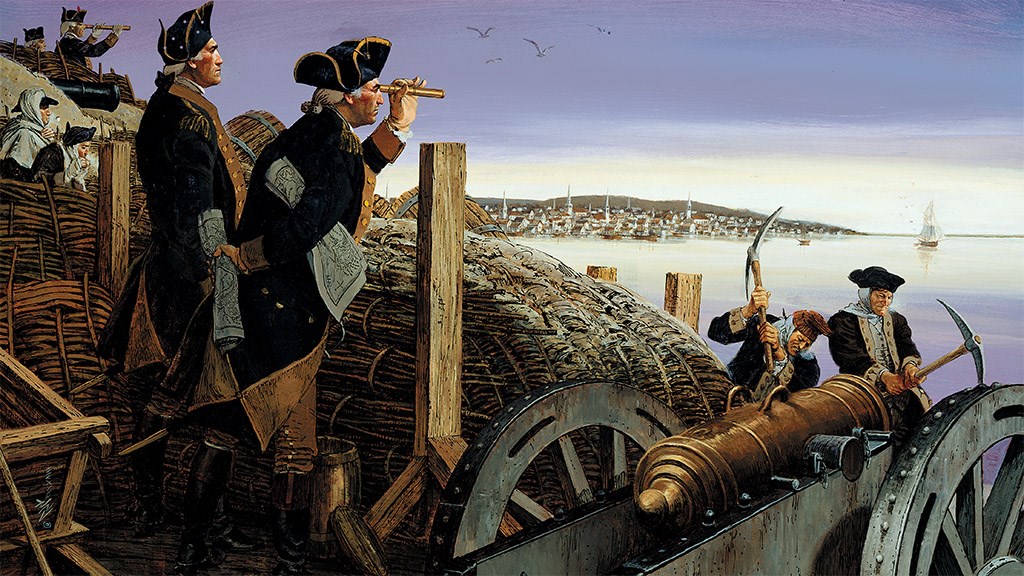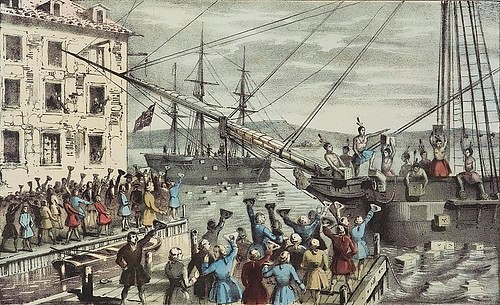The year was 1793. Louis XVI, the 45th King of France, was dead, beheaded by his own people. Outside of Paris, Royalist sentiment was abundant and, in an attempt to unite France behind one cause, the Revolutionary government declared war on Austria-Hungary, who believed that France’s anti-monarchist sentiment would spread across the continent. Austria called upon its allies and France was no in all out war with most major powers, including the United Kingdom, Sardinia, Spain and Prussia.
Naturally, this did not help the French cause and violent uprisings began sparking up across France. One such place these uprisings was the port city of Toulon, a highly strategic naval base in the Mediterranean. This uprising was, unsurprisingly, backed by the British, who were welcomed into the port with open arms. France had now lost the naval power of the Mediterranean without a shot being fired. France needed this port back desperately and sent 19,000 troops down to deal with the uprising. One of these forces was commanded by a then relatively unknown artillery officer, by the name of Napoleon Bonaparte.

Napoleon was from the island of Corsica, which was purchased by France from Genoa not long before Napoleon was born. The island had widespread anti-French sentiment, which Napoleon agreed with. His father, on the other hand, gladly embraced the new French rulers, leading to father and son often butting heads. He was sent to military school in France, where he was heavily bullied due to his accent and his families lack of wealth. However, he held his ground and often stood up to bullies. When he wasn’t beating up the bullies, he would often be found alone reading about the conqueror’s of old, like Julius Caesar and Alexander the Great. He wondered if it was possible if he could be as great and powerful as them.
Once he graduated, he was made Second Lieutenant in an artillery regiment. But Napoleon was not content with this. He had ambition and wanted more power. However, in pre-revolutionary France, military ranks were most often gained by nobility and nepotism, not by actual talent. Luckily for Napoleon, the Revolution occurred and the people of France were now on a more equal playing field. Whilst Napoleon was not too big on the violence and mass beheadings, he believed that, in order to rise the ranks, he must become pro-revolutionary.
General Jean-François Carteaux, the leader of the forces at Toulon, was a court painter by trade with zero military training so was not highly skilled in leadership positions. Not only that but one of his only professional officers was seriously wounded in battle. Antoine Saliceti, a Corsican deputy of the National Convention, recommended Napoleon, who was travelling near Toulon on his way to the front lines. Despite Napoleon having almost no military experience yet, Saliceti appreciated his manner and political aspirations. Carteaux had almost no choice but to accept Napoleon to lead the Siege of Toulon.

Napoleon’s plan was simple. They needed to build up significantly more guns and train the infantry to operate them. Then, they would capture the southern Fort L’Eguilette, allowing them to inflict heavy artillery casualties on the British ships, forcing them to leave, which was important as the ships were the key source of defence. The first part of this plan, however, involved the capture of Mount Caire, where British troops were stationed. After an unsuccessful assault, due to Carteaux being hesitant to send the 3,000 men required to accomplish the task, command of Toulon was handed over to General Dugommier. He stated that:
There is only one possible plan – Bonaparte’s
General Dugommier speaking on Toulon
In order to build up the fortifications of Toulon, the British built a new fort called Fort Mulgrave. The area was so fortified it was called “Little Gibraltar” by the French. An unsuccessful British counter attack followed and, in the early hours of the 18th of December, 1793, in the pouring rain and howling wind, Napoleon’s forces charged up the hill. The muskets were useless as guns due to the rain and could only be used as clubs and bayonets. The second charge came, with Napoleon in this wave. During this, his horse was killed and he was wounded in his thigh, mere inches away from a fatal stab. However, despite this, the British were driven off the Mountain after severe hand to hand combat, and French artillery now observed Toulon.
The British, not wanting to lose their ships, began evacuating the city. Citizens, who feared being executed as traitors to the Republic, attempted to board the ships. Some 14,000 were evacuated whilst the rest of the city either drowned in the chaos or were executed by firing squad in the morning. This was the first victory of Napoleon Bonaparte, a path that would lead Europe down a 21 year long path of near endless war. At the time, Napoleon was only 24 and was promoted to Brigadier General.
















